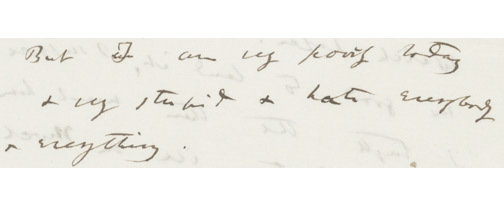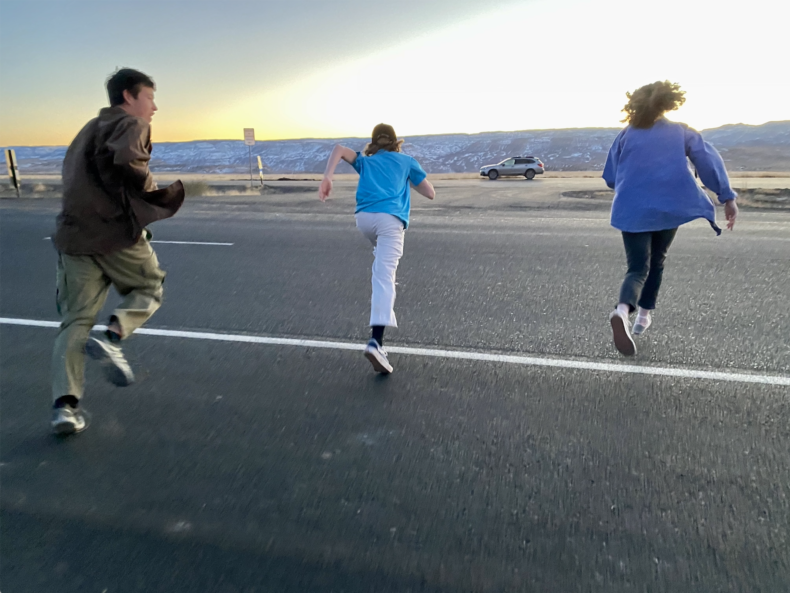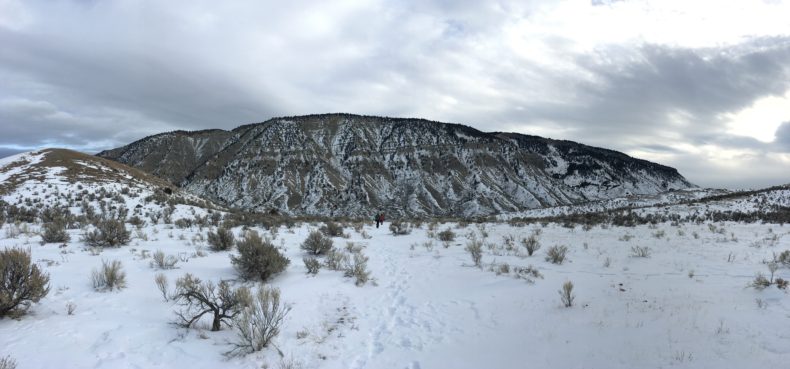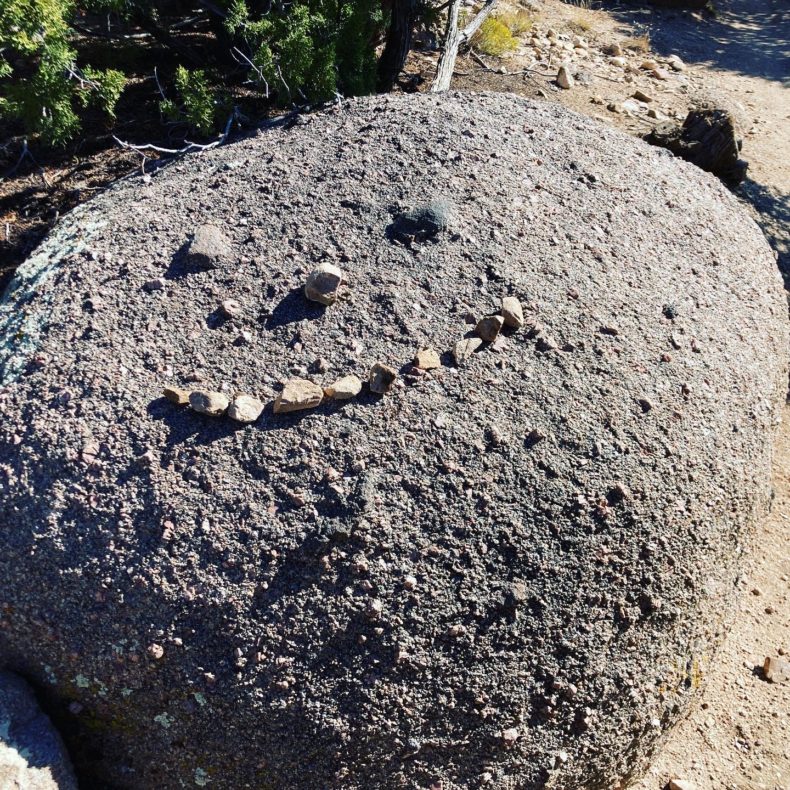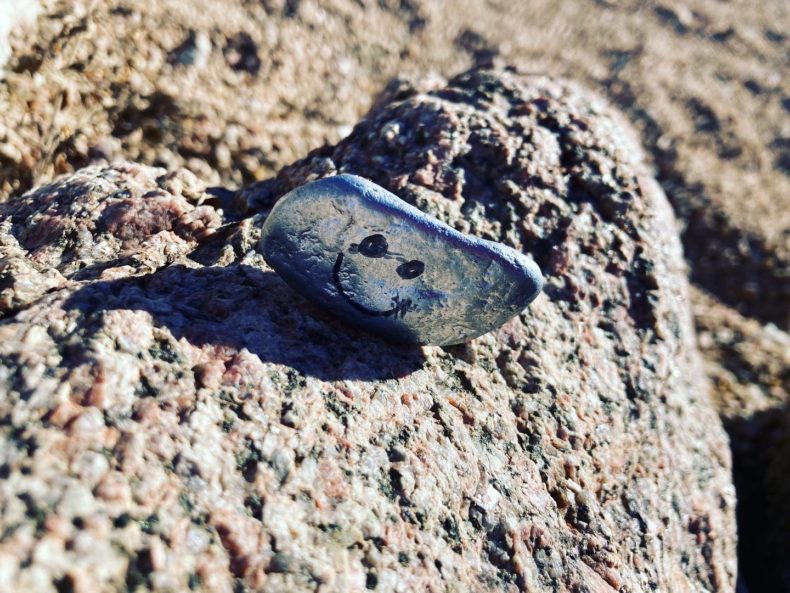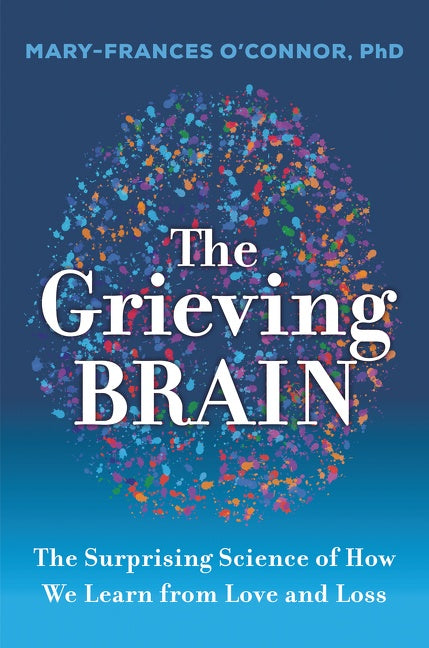
Ann Finkbeiner: My son died, as did my husband; and so did parents and grandparents whom I loved dearly. I’ve written articles and LWON posts about grief, plus a book. So I consider myself a kind of expert, the kind who knows what she’s lived and read and what other people tell her. But I’ve never done any science to find out whether what I know is wrong. Dr. Mary-Frances O’Connor is that kind of expert.
She’s a psychologist who’s studied what goes on in the human mind, and who’s crossed scientific disciplines to do neuroscience about what goes on in the human brain. I interviewed Dr. O’Connor a year or so ago and was impressed not only by what she knew about the mind and the brain, but also about the nature of grief itself and its connection to love. Also she listens hard. And she’s written a very readable, thorough, kind book called The Grieving Brain.
So. Now. Dr. O’Connor. What got you interested in this field of the grieving brain? Because it’s not exactly a field, is it.
Dr. Mary-Frances O’Connor: I have been interested for a long time in how we physically encode the world. For grief, I imagined that part of that encoding took place in the brain–when someone is “lost”, how does the brain understand that information? What neural connections change, or epigenetic proteins are added, or do the waves of electrical activity “up there” change their pattern? This seemed like a big enough question that I could spend an entire career on it.
And if I’m also honest, not so much as a scientist but as a person, when my mom died when I was in graduate school, I realized that I could talk to people about death (and therefore grief), and this was pretty unusual. It meant that by engaging other people in such an important part of their lives, my own work felt meaningful, and talking about grief was something that not many people (even psychologists) were willing to do. So studying grief felt like a unique contribution I could make, even though, as you say, grief in the brain wasn’t really a field. Although I hope that is changing.
Ann: So when you ask how the brain encodes “lost,” you’re asking what happens in the brain when you can’t find the person any more or the person is gone, dead. And you learned to give brain scans (functional MRI’s, fMRI’s) to find the parts of the brain that are busy as you grieve. But that’s neuroscience and your PhD is in psychology, which is the field that normally studies grief. Almost no one else does that, both psychology and neuroscience, mind and brain both, right? What did you find?
Mary-Frances: A few of us around the world have studied grief in the mind and brain (Joseph Goveas at Medical College of Wisconsin, Richard Bryant at University of New South Wales, Australia), although I suppose no one else has grief as the sole topic of their neuroscience research. And what I have found in just one study can’t really tell us enough about what the brain is doing during grief and grieving.
Ann: So the question of what the brain does while grieving is a field that’s relatively new and still has no real answers. But you must have a partial answer, right?
Mary-Frances: Indeed. One thing is, the parts of the brain important in grief are also involved in reward. We know that reward is important in creating a bond with a loved one, like a partner or a child. In one of my own neuroimaging studies, those who report the most yearning for their deceased loved one also show the most activation in the nucleus accumbens–a key node in the brain’s reward network. It’s interesting that there wasn’t a correlation between how “good” or “bad” the bereaved participants felt, but with how much of that yearning motivation they reported.
Ann: So regardless of how people felt, the more they yearned to see their dead again, the more the brain’s reward system lit up. That took me a while to understand but I think I do: the feeling of yearning, of wanting someone to please come back please, is run by the same part of the brain that runs rewards, the things that make you feel good. It’s really nice, isn’t it, that the person you’re missing also made/makes you feel good. Sad but nice. So what else does neuroscience say about grief?
Continue reading
